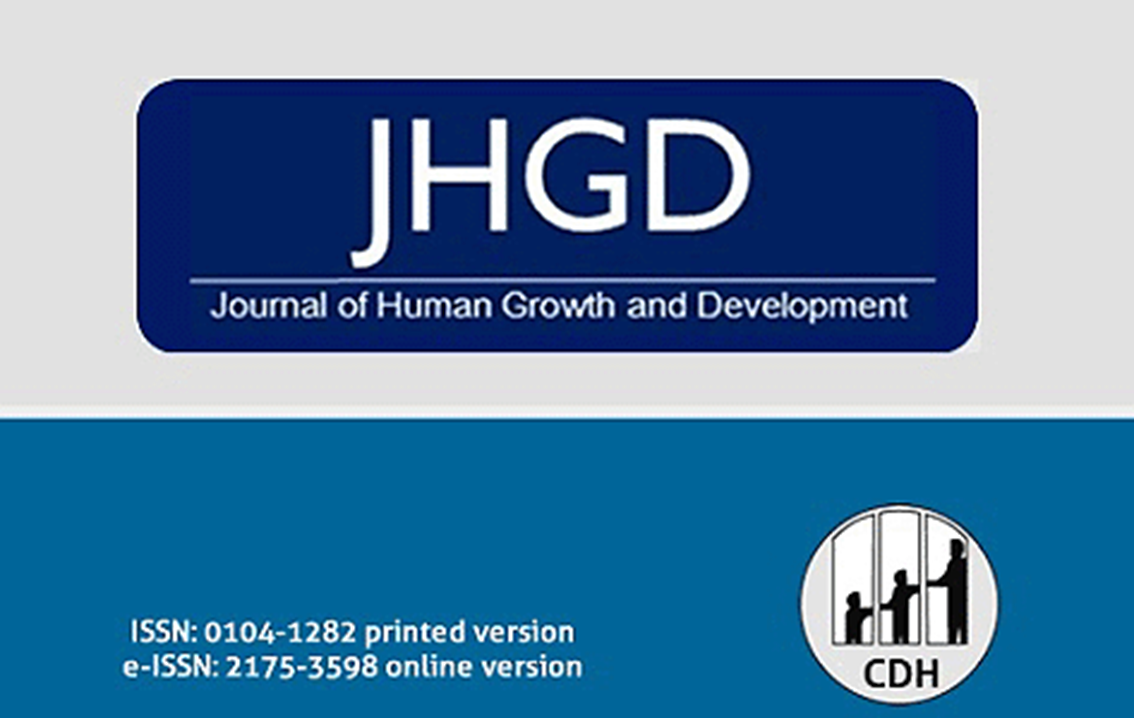Brugada syndrome unmasked by fever and paradoxical lower degree of dromotropic disturbance in the right ventricular outflow tract
DOI:
https://doi.org/10.36311/jhgd.v32.13319Keywords:
Brugada syndrome, fever, dromotropic disturbance, right ventricular outflow tractAbstract
Brugada syndrome (BrS) is an inherited clinical-electrocardiographic arrhythmic entity with an autosomal dominant genetic pattern of inheritance or de novo variant. The syndrome has low worldwide prevalence, but is endemic in Southeast Asian countries (Thailand, Philippines and Japan). The BrS is a subtle structural heart disease (SHD), and the diagnosis is only possible when the so-called type 1 Brugada ECG pattern is spontaneously present or induced for example with fever. Repolarization-depolarization disturbances in BrS patients can be caused by genetic mutations, abnormal neural crest cell migration, low expression of connexin-43 gap junction protein, or connexome disturbances. A recent autopsy study revealed increase in biventricular collagen with myocardial fibrosis when compared with control subjects although the main affected cardiac territory is the right ventricular outflow tract (RVOT). In this location, there is abnormally low expression of significant connexin-43 gap junction responsible for the electro-vectorcardiographic manifestations of terminal QRS conduction delay in the right standard precordial leads (V1-V2), high right precordial leads (V1H-V2H), as well as in the unipolar aVR lead (“the forgotten lead”). Based on their location, these leads reflect the electrical activity of the RVOT.
Downloads
References
Dumaine R, Towbin JA, Brugada P, Vatta M, Nesterenko DV, Nesterenko VV, et al. Ionic mechanisms responsible for the electrocardiographic phenotype of the Brugada syndrome are temperature dependent. Circ Res. 1999; 85: 803-9. DOI: 10.1161/01.res.85.9.803
Ortega-Carnicer J, Benezet J, Ceres F. Fever-induced ST-segment elevation and T-wave alternans in a patient with Brugada syndrome. Resuscitation. 2003; 57: 315-7. DOI: 10.1016/s0300-9572(03)00057-1
Catalano O, Antonaci S, Moro G, Mussida M, Frascaroli M, Baldi M, et al. Magnetic resonance investigations in Brugada syndrome reveal unexpectedly high rate of structural abnormalities. Eur Heart J. 2009; 30: 2241-8. DOI: 10.1093/eurheartj/ehp252
Cerrone M. Editorial commentary: Non-invasive tools for risk stratification and treatment in Brugada syndrome: Less is more? Trends Cardiovasc Med. 2021; 31: 330-1. DOI: 10.1016/j.tcm.2020.06.010
Perez-Riera AR, Barbosa-Barros R, Thomaz de Andrade A, Pontes Rodrigues R, Yanowitz F, Daminello Raimundo R, et al. Relevance of the vectorcardiogram in the Brugada syndrome with “northwest QRS axis”. J Electrocardiol. 2021; 66: 125-8. DOI: 10.1016/j.jelectrocard.2021.04.009
Perez-Riera AR, Yanowitz F, Barbosa-Barros R, Daminello-Raimundo R, de Abreu LC, Nikus K, et al. Electrocardiographic “Northwest QRS Axis” in the Brugada Syndrome: A Potential Marker to Predict Poor Outcome. JACC Case Rep. 2020; 2: 2230-4. DOI: 10.1016/j.jaccas.2020.07.037
Downloads
Published
Issue
Section
License
Copyright (c) 2022 Garcia-Niebla J, Pérez-Riera AR, Abreu RS, Barbosa-Barros R, Muñoz D, Nikus K

This work is licensed under a Creative Commons Attribution 4.0 International License.






